

Our ever-expanding researches on male factor infertility have demonstrated the need of collaborative efforts of molecular biologists and clinicians to definitively diagnose and treat the male factor infertility cases. Then we redirected our efforts to identify better male fertility biomarkers. We extensively studied detrimental insults of oxidative stress and DNA fragmentation index as male fertility biomarkers. However, not only DNA but also various protein profiles, RNA elements and other molecules in a sperm cell are delivered to the oocyte to achieve a healthy fertilization and pregnancy. Regarding these facts we started to investigate seminal plasma markers from men trying to conceive as the first-line diagnostic criteria, especially in the decision to precede the mikroTESE. Even, only performing microTESE is not enough but deciding what to do when it fails is also required. On the other hand our data revealed the decisive potency of some Sertoli cell markers in either testicular tissue extracts or ejaculate to differentiate subtypes of NOA. Beside routine practices we are extensively dealing with experimental researches to define genomic and other etiologies of infertility with the aid of novel technologies.
According to our policy, patient privacy is the most important issue. We recommend reliable treatments with proven results, based on both scientific studies and our own experiences, without harming the person. In the planning of the treatment, not to compromise the quality, following the latest innovations, and minimum cost are essential. But above all, to restore the patient's morale is our main behavior.
In the infertility treatment extremely exciting researches are done. However, hoping in vain before seeing the results creates frustration. Only realistic expectations maximize patient satisfaction. While presenting new developments to the patients, we consider the fact that the treatment results are based on realistic and substantial data. Special attention is paid to the most reasonable cost balance with high-quality service.

Radiation therapy, also known as radiotherapy or x-ray therapy, has been an effective treatment method in many cancer types.
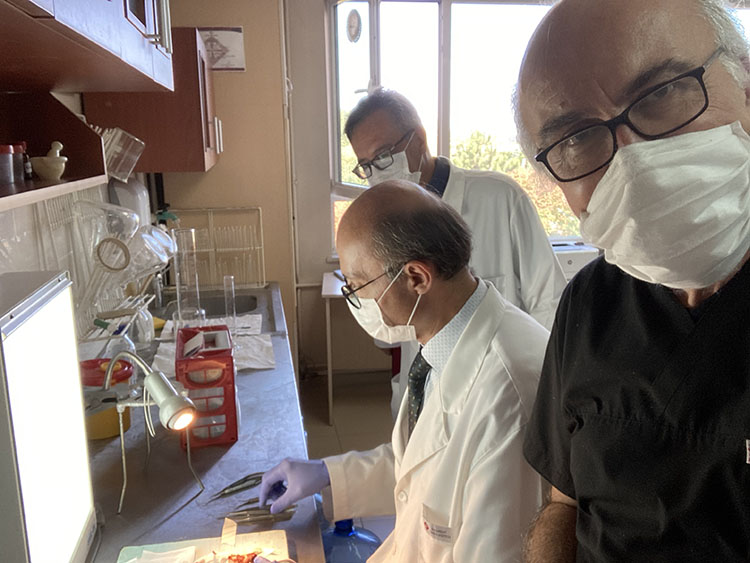
After couples intend to have a child, if there is still no pregnancy within 1 year, although they have a regular sexual life and do not use any contraception
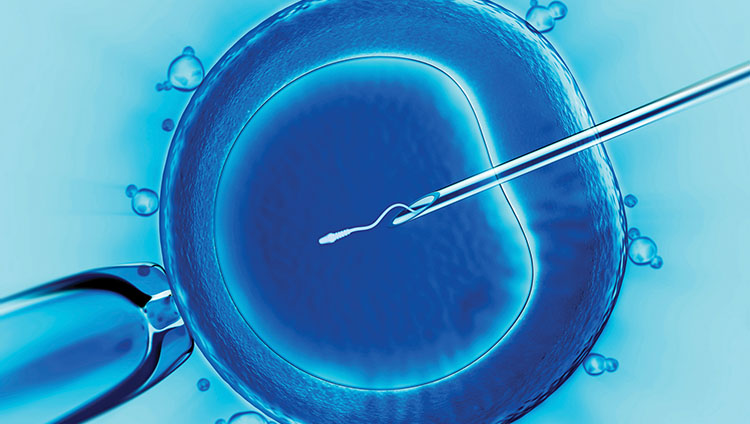
IVF has been a great source of hope for couples who cannot have children naturally.

The most problematic cases of infertility are those with unexplained etiology. Approximately 20% of couples are diagnosed with unexplained infertility after a conventional semen analysis. On the other hand oxidative stress is considered to be one of the major causes of male infertility. Oxidative stress is identified sequentially in 4 steps and since each step is related with separate functions of spermatozoa, in the evaluation of unexplained infertility each of these steps should be evaluated by proper tests.

Basically, markers are particular genomic fragments and used to get information about the function of these genes. Since the production and maturation of sperm cells progress under genetic control, identifying such markers helps us to explain the level and degree of the problem associated with impaired spermatogenesis. Our studies identified a number of important markers helping to manage the treatment of azoospermic patients.

The ideal approach for microTESE should first be to maximize the likelihood of sperm retrieval. And also, in case of no sperm in the intervention, a forward-looking treatment plan should be determined. We call such treatment as the “Multi-dimensional or extended microTESE” model.
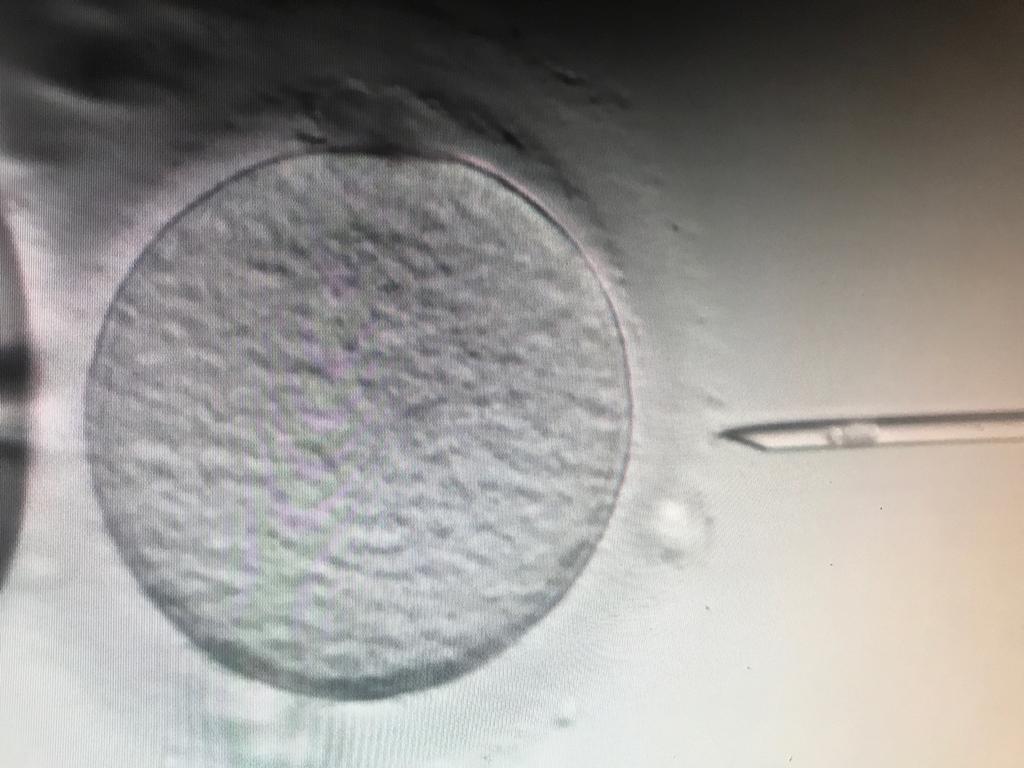
Azoospermia is defined as the absence of spermatozoa in the ejaculate after a detailed assessment of the semen and diagnosed in approximately 15 % of the infertile males. In fact, most of them suffer from having nonobstructive azoospermia (NOA)
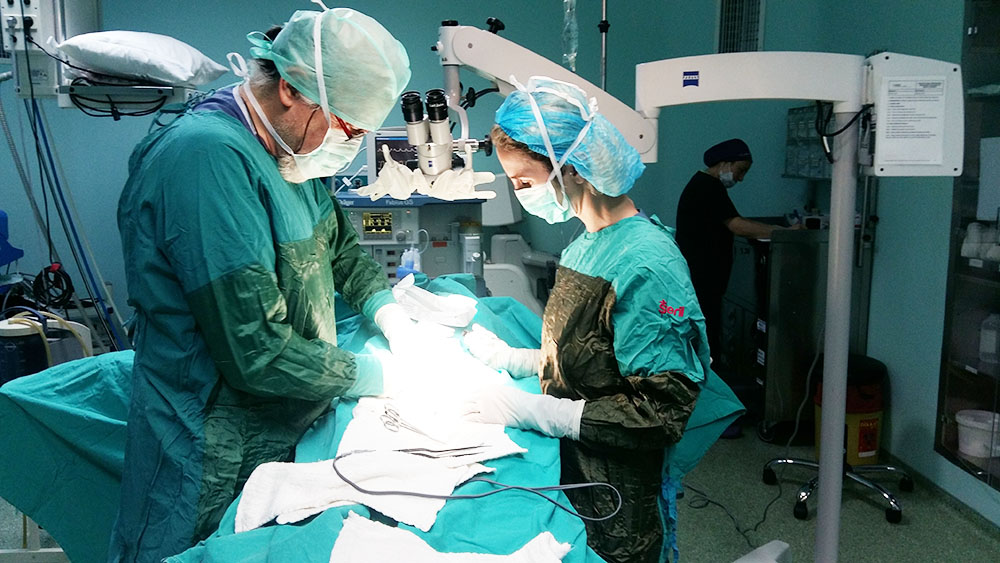
Y.M. was one of our non-obstructive azoospermic patients. During his first TESE attempt in another center no mature sperm cell was found.
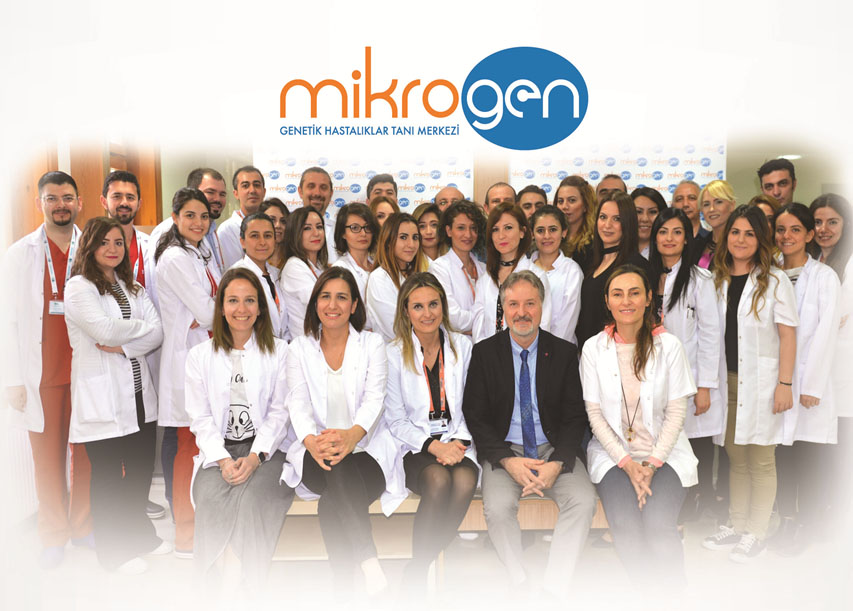
Researchers in Mikrogen Genetic Diagnostic Laboratory identified some seminal markers as indicators of presence, quantity and developmental stage of the sperm cells in the testis of azoospermic men.
You can send your questions to
Prof.Dr. Kaan Aydos
Mahatma Gandhi Caddesi, 19/7 06700 Cankaya, Ankara / TURKEY
+90 312 437 3121 +90 312 508 2258